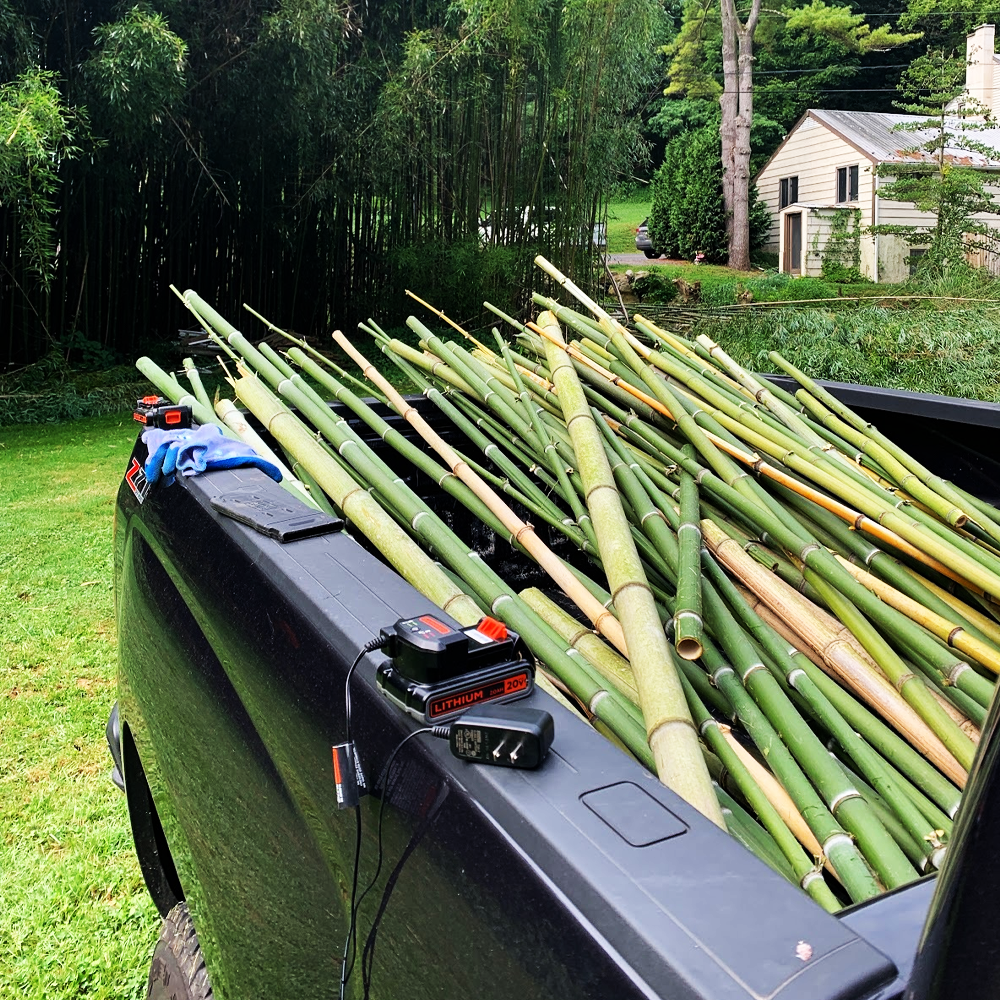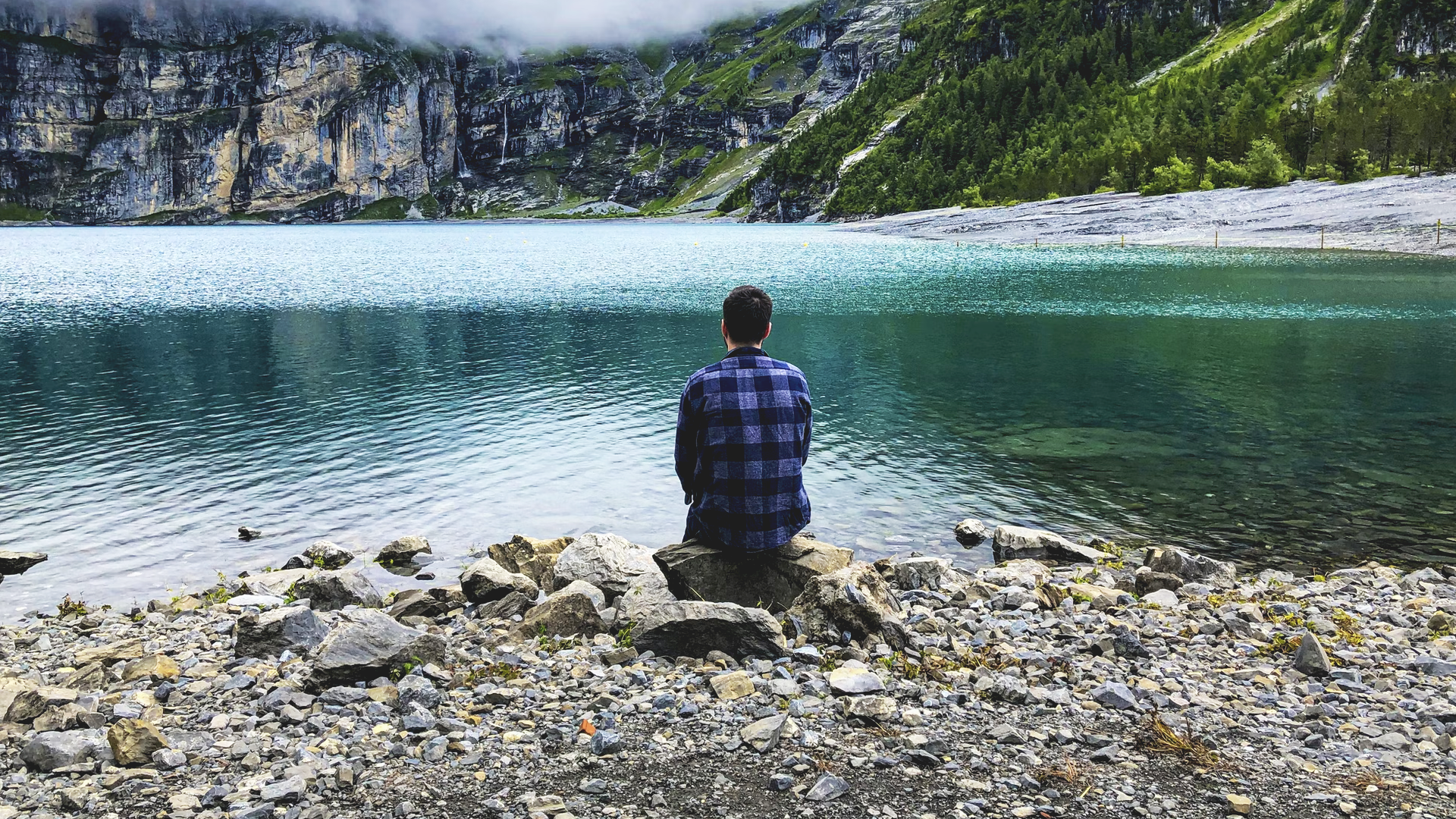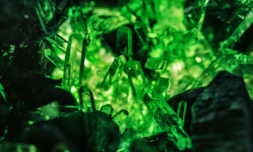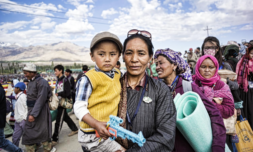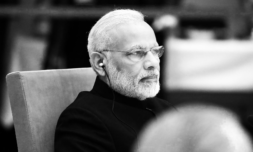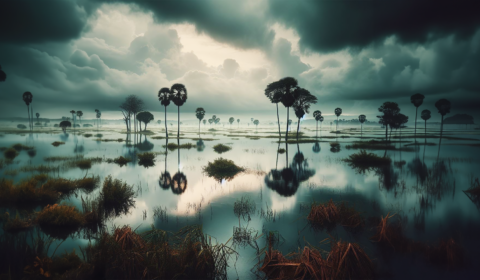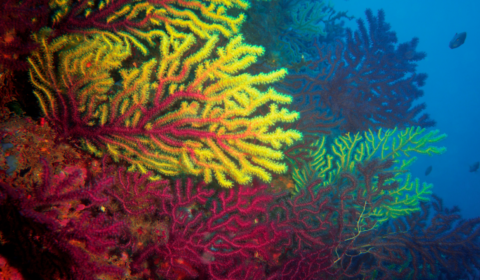Why is it important to talk about the differences in opinion on wildlife conservation and preserving the inherent character of natural lands in a world that is under siege by the global capitalist machine?
For most readers, particularly for those living in developed or Global North countries, the fear of death has been systematically displaced from our day-to-day experiences in order for the political and financial elite to maintain systems of control against what they deem as chaos.
For example, if you live in an average city or town, you will most likely not run into an animal that can threaten your life in your day-to-day routine.
Most, if not all, essential resources (i.e., food, water, medicine, etc.) are accessible at supermarkets and you can even get other people to bring them to you through delivery services like Uber Eats. What is the connection to climate change?
In rethinking how we approach the idea of “the wild”, and encouraging interaction with the natural world, I believe that this can foster a more harmonious relationship with plants and animals in a way that is rarely discussed in the broader environmentalist community.
What you choose to value will impact what exists around for future generations to come.
Is institutionalized wilderness the downfall of mainstream environmentalism?
First, we must explore contrasting interpretations of what is “the wilderness.”
Ross W. Gorte, a specialist in natural resources policy at the Congressional Research Service, refers to the Wilderness Act for a standardized definition of wilderness from the perspective of the U.S. government.
Wilderness, in reference to the Wilderness Act, means an area of land that is owned by the federal government and that humans do not change the inherent character of the land through unnecessary additions. Generally speaking, wilderness is referred to as uninhabited land owned by the government and that this land has maintained its natural characteristics.
As of 2010, agency land data under the supervision of the USDA Forest Service, National Park Service, Fish and Wildlife Service, and Bureau of Land Management shows that the U.S. government manages approximately 615,060,009 acres of land across the nation, which makes up approximately 9% of the total landmass of the country.
In spite of promising grounds made in “wilderness” conservation by public and private efforts, University of Oregon researchers Arjun Adhikari and Andrew J. Hansen used LANDFIRE BpS data to determine that ecosystems in the Central United States have “either already lost over 70–80% area or are quickly approaching this threshold” leading to additional extinction of species due to land-use intensification.”
The definition of “wilderness” is clearly outdated given the escalation of habitat fragmentation and private leasing of public land for oil and natural gas drilling that has gone unfettered since the passage of the Wilderness Act in 1964. That is to say, the public must recognize that wilderness as we have historically known does not exist.
Scientists and researchers have proven that the species of the world are undergoing mass extinction, which you can read more about in Elizabeth Kolbert’s book on this topic.
Luckily enough, there are some local environmental stewards that have already responded to federal and local politicians and environmental NGOs that are asleep at the wheel. An innovative initiative at Oregon’s Crater Lake National Park was designed by the resident botanist in order to revitalize white bark pine populations amidst devastation by a fungus called blister rust and bark beetles.
